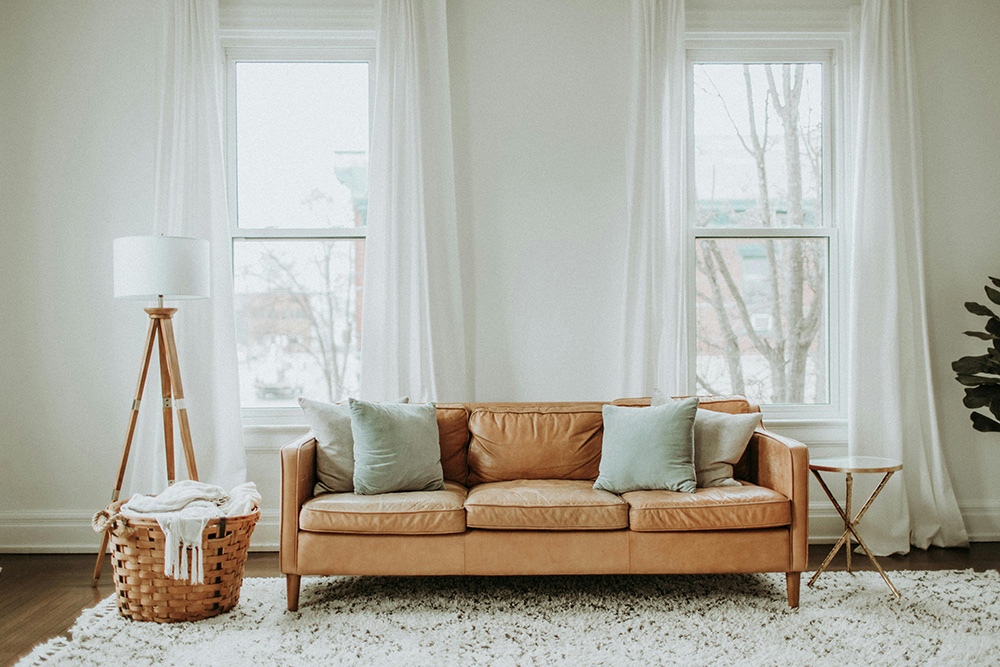Although most people won’t care to admit they’re couch potatoes, recent data indicates that the average American does spend a significant amount of time on their couches. In a Joybird survey, 50% of respondents say they spend upwards of seven hours on their couch every day. Similarly, a OnePoll study found that up to 66% of people use it as a workstation. Given these, 57% said they’d be sad to part with their couch.
Interestingly, despite these attachments, reports also indicate that most Americans aren’t buying couches that are necessarily built to last. Consequently, shopping-related data from OnePoll found that up to 56% of respondents believe that by age 28, one should already own and actively buy “real” furniture. This is a reference to the growing trend among furniture shoppers to buy from fast furniture outlets instead.
The rise of fast furniture
At its core, the popularity of fast furniture is rather understandable. Apart from furniture, the cost of other home-related assets only continues to increase. For instance, in the American housing market, 30-year fixed mortgage rates remain higher than forecasted. While experts initially said that by this time, mortgage rates would be around 5.9%, more recent estimates believe they will remain at the current 6.4% until year-end. This has seen housing sales slump in 2024.
Conversely, fast furniture sells various furnishings at a fraction of the usual cost. These manufacturers, like H&M and IKEA, often offer their goods either ready-made or in easy-to-assemble designs. With this speed and affordability, many consumers believe that this is a safe way to cut home-related costs. In reality, though, these seemingly convenient and cost-effective furnishings are not built to last. Fast furniture brands often can afford lower price tags because they don’t have to pay for higher-end materials or furniture maker manpower. While an item’s lifespan ultimately depends on the user, furniture pieces like couches that get some of the most traffic are at risk of breaking down or getting damaged pretty quickly.
What to look for in an investment couch
Having said this, given that the value of the couch in the American home is undeniable, it’s actually more practical and beneficial to invest in your couch. While this may initially cost more money, it minimizes the risk of early replacements or unnecessary repairs.
One of the first things to look for in an investment couch is the shape, as this can influence how well your couch can adapt to your changing lifestyle. As such, a type that is widely considered the most versatile is a larger sectional. The L shaped couches on Living Spaces illustrate how these sectionals are roomy, deep, and generously cushioned, so they are comfortable for most body types. They’re also on the larger side, so they’re great for growing families or those who love to entertain. Most notably, though, these couches come in sectionals that can be bunched together or rearranged to suit a space or specific activity. Some models even come with built-in storage, convertible beds, and other features that can make these couches extra functional. From the chaise to the Ottomans and armchairs, L shaped couches are typically made with hardwood and metal so they can keep up with daily use for many years.
Apart from the shape, you also want to consider design. Although it’s tempting to buy into whatever furniture trend is most popular at the moment, you may just end up outgrowing this style or end up with an outdated couch. Instead, go for a couch that leans on the more classic side. For example, you may want to consider a mid-century modern William Sonoma couch. Based on the more minimalist and wood-centric Scandinavian interior design principles, mid-century modern pieces are effortlessly cool and sophisticated. As a result, these create a subtle but effective statement that can stand the test of time. Since they do have a more streamlined look, these designs can easily be styled by each owner to suit their own spaces and stylistic phases. Aside from being more timeless style-wise, couches that follow older designs tend to be built using traditional building standards, which are usually more durable.






